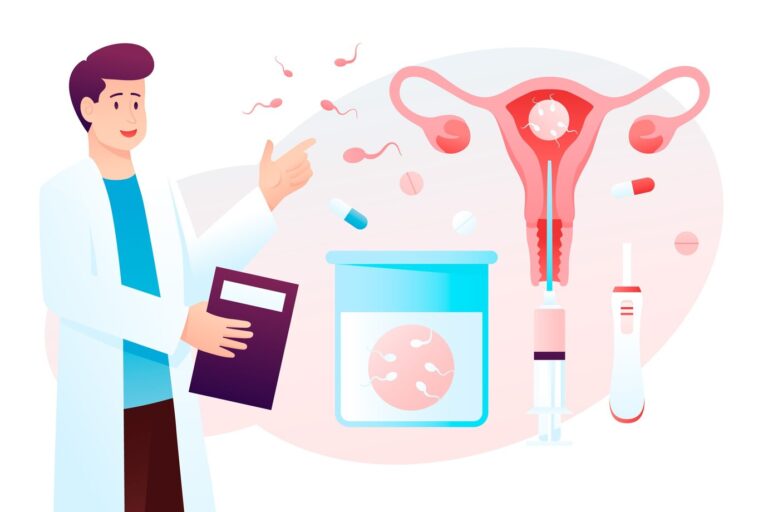You may have questions if you are exploring the possibility of in-vitro fertilization (IVF) as a path to parenthood. Understanding the IVF process can help you make informed decisions. Here are some commonly asked questions to guide you through the basics of IVF:
What Is IVF?
IVF, or in-vitro fertilization, is a medical procedure used to assist in conception. It involves combining eggs and sperm outside the body in a laboratory setting. If fertilization occurs, the resulting embryo is transferred to the uterus, where it may develop into a pregnancy. IVF is often recommended for individuals or couples experiencing fertility challenges, such as blocked fallopian tubes, low sperm count, or unexplained infertility.
How Long Does the IVF Process Take?
The length of an IVF cycle can vary, but in general, it takes around two to three weeks, sometimes taking longer. The process involves several phases, including ovarian stimulation (to produce multiple eggs), egg retrieval, fertilization, embryo development, and embryo transfer. Additional time may be required if you undergo pre-treatment consultations, medication, or tests.
What Happens During Egg Retrieval?
Egg retrieval is a minimally invasive procedure performed to collect mature eggs from your ovaries. It is typically done under mild sedation to improve comfort. Using ultrasound guidance, a thin needle is inserted into the ovaries to retrieve the eggs from the follicles. The procedure is generally quick, and most people experience mild cramping or discomfort afterward, which usually subsides quickly. Your healthcare provider will offer instructions for recovery following the procedure.
Can I Continue to Exercise While Undergoing IVF?
While undergoing IVF, you may need to adjust your exercise routine. Strenuous activities, such as high-intensity workouts or heavy lifting, are generally discouraged, particularly during ovarian stimulation and after egg retrieval. This is because the ovaries are naturally enlarged during this period, increasing the risk of complications like ovarian torsion. Low-impact exercises, such as walking or light yoga, are safer alternatives, but it is always a good idea to discuss your specific routine with your fertility specialist before making any decisions.
How Is the Embryo Transferred?
The embryo transfer is a straightforward and typically painless part of the IVF process. Once the laboratory team creates embryos after fertilization, one or more embryos are carefully placed into the uterus using a thin, flexible catheter. The transfer is typically guided by ultrasound for precise placement. The entire procedure is quick, often completed in just a few minutes, and does not usually require sedation. After the transfer, patients are frequently advised to rest for a short period before resuming normal activities.
What Are the Chances of Success?
The success rates for IVF vary depending on several factors, including the patient’s age, underlying fertility issues, and the quality of the eggs and sperm. While younger patients may experience higher success rates, individuals of all ages have achieved successful pregnancies through IVF. During consultations, your healthcare provider can explain your unique circumstances and provide personalized insights into potential outcomes. However, keep in mind that not every IVF cycle results in pregnancy, and multiple cycles may be required for some individuals.
Seek an IVF Clinic
IVF allows many individuals and couples to grow their families, but the process can feel overwhelming at times. If you are thinking about IVF, reaching out to a trusted fertility specialist can help you learn more and assess your options based on your circumstances. The path to parenthood looks different for everyone, and there is no single right way to grow a family.

